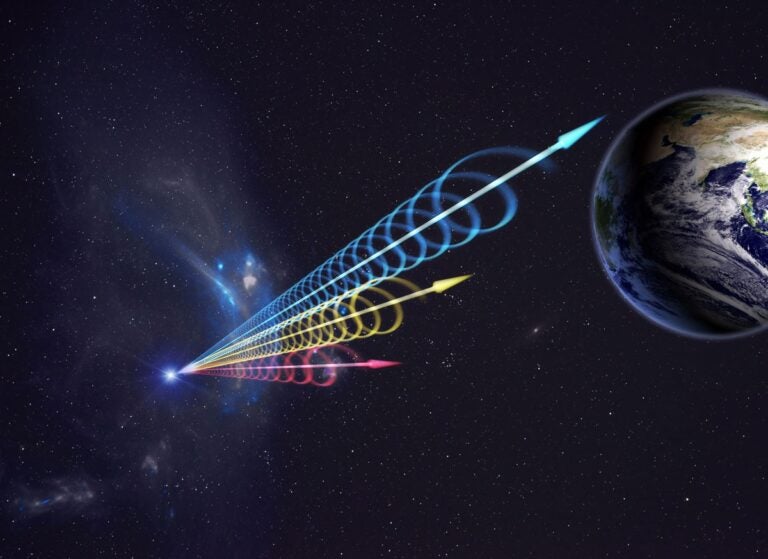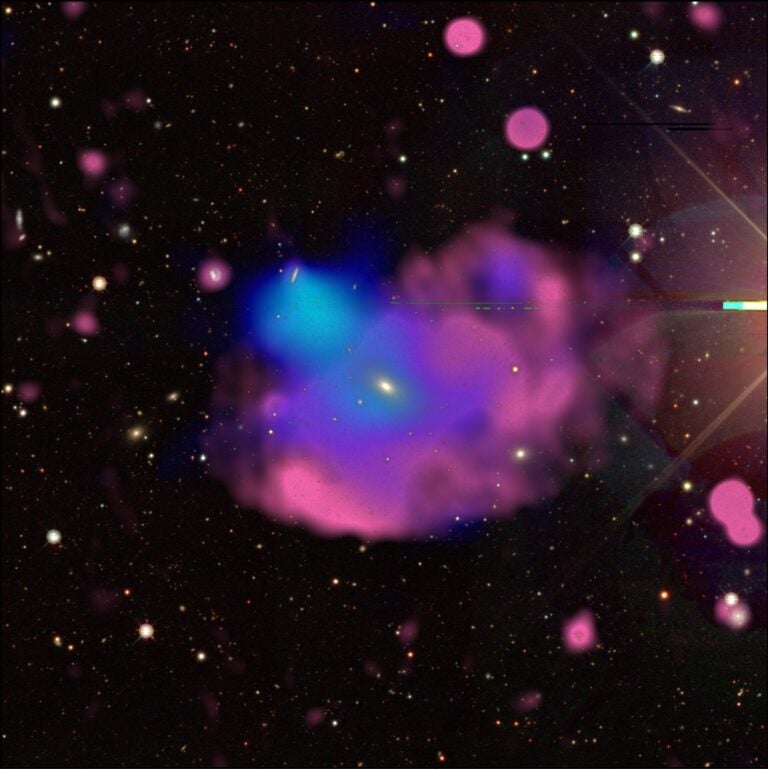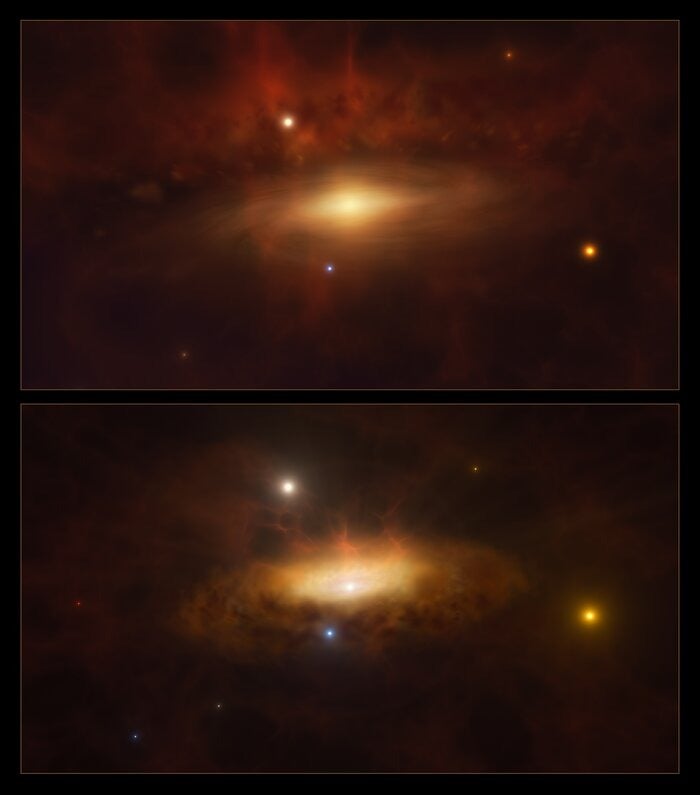Meanwhile, massive and supermassive black holes (those that are 1 million or more solar masses) radiate energy as they accrete material (dust and gas), which spirals around the black holes in disk structures. A black hole — and its immediate surroundings — can experience periods of high activity (corresponding to high luminosity) and periods of low activity (and thus low luminosity) depending on the amount of material falling into the black hole from the accretion disk, but none ever actually “dies.”
Prolonged high-activity and high-luminosity periods (which last tens of million of years) can result from galaxy-galaxy interactions and mergers, which funnel large amounts of dust and gas toward a central black hole. Sudden black hole accretion events, due to stars or dust and gas clouds that pass too close to the black hole and get pulled in by the black hole’s gravity, can increase the emission of a black hole and produce brief bursts of light — even for seemingly quiescent ones. Such events are occurring at the center of the Milky Way.
Very different mechanisms support the emission from white dwarfs and black holes. While the first one will always fade out, the second can experience periods of high and low activity but never die — and there always will be the chance that a black hole can suddenly ignite.
Yale University, New Haven, Connecticut










